Unmasking the False Notifications from the "Patent & Trademark Bureau"
When it comes to protecting your innovation or brand, the process of obtaining patents and trademarks becomes pivotal. In the United States, the United States Patent and Trademark Office (USPTO) serves as the governing body that oversees such crucial processes. However, a shadowy entity has recently been exploiting this scenario. A so-called "Patent & Trademark Bureau" has been masquerading as the USPTO, sending out misleading notifications to unsuspecting recipients.
Who is the Patent & Trademark Bureau?
The 'Patent & Trademark Bureau' is not an officially recognized government agency. It's an unscrupulous organization that attempts to exploit people by pretending to be the legitimate USPTO. They send notices to patent or trademark applicants, using intimidating language and posing urgent deadlines, tricking people into paying unnecessary fees.
How Does it Work?
These entities capitalize on the confusion or lack of information about the patent and trademark processes. Their modus operandi involves sending notifications to patent or trademark holders under the guise of official communication from the USPTO. The content of these notifications can vary, but the common theme is an urgency for the recipient to pay fees that aren't actually required by the USPTO. These 'fees' often relate to services like patent or trademark renewals, maintenance, or registration.
How to Spot a False Notice?
There are certain ways you can spot these false notices:
1. Scrutinize the Name: Despite sounding official, the 'Patent & Trademark Bureau' is not a real federal entity. Always be wary of any correspondence from an entity that is not clearly identified as the United States Patent and Trademark Office.
2. Check the Address: The official correspondence from USPTO is generally sent from Alexandria, Virginia, where the USPTO headquarters is located. Any other location can be a red flag.
3. Urgent or Intimidating Language: These organizations often use urgent or intimidating language to coerce you into making payments swiftly without questioning their legitimacy.
4. Services Offered: USPTO will never offer to register your patents or trademarks in a directory or offer legal protection.
What Should You Do if You Receive a False Notice?
If you receive a misleading notice or invoice, do not respond or send payment. First, cross-verify any correspondence or requests for payment with your patent or trademark attorney, or directly with the USPTO. You should report such instances to the Federal Trade Commission (FTC) for further investigation and to alert other inventors and trademark owners about these scams.
Wrapping Up
In a world where innovations and brand identities are invaluable, securing patents and trademarks is paramount. Unfortunately, entities like the 'Patent & Trademark Bureau' exploit this necessity for their nefarious gains. Stay informed and stay vigilant to protect your intellectual property and your pockets from such scams. Always verify any payment requests with the USPTO or your legal counsel to avoid falling prey to such deceptions. If you don’t have legal counsel representing you, contact an IP attorney with Ed White Law to help.
